Increase Click-Through Rates: Drive More Traffic Easily!
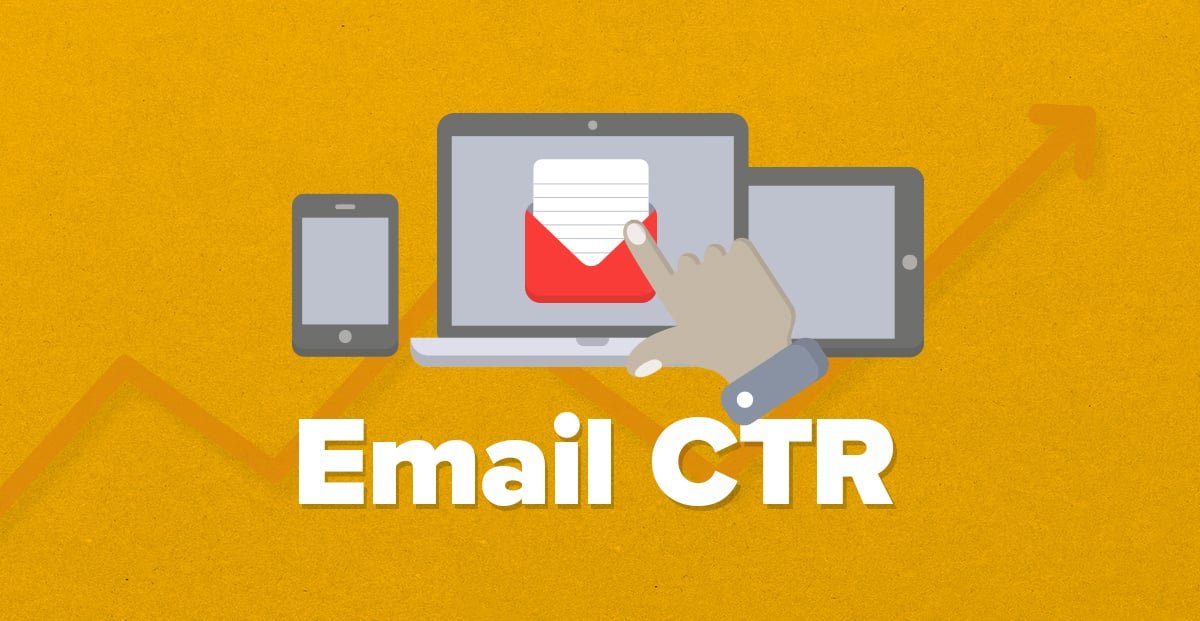
Within the vibrant world of digital marketing, a fundamental objective is to boost click-through rates (CTR). This statistic acts as a crucial benchmark for evaluating how well your marketing communications resonate with your audience. A click on a link represents curiosity or intention, rendering CTR an essential measure for gauging campaign effectiveness across different channels, such as email, social media, and websites. By mastering the art of optimizing and elevating your CTR, you can achieve improved engagement, greater conversion rates, and, ultimately, increased profits.
Understanding Click-Through Rate
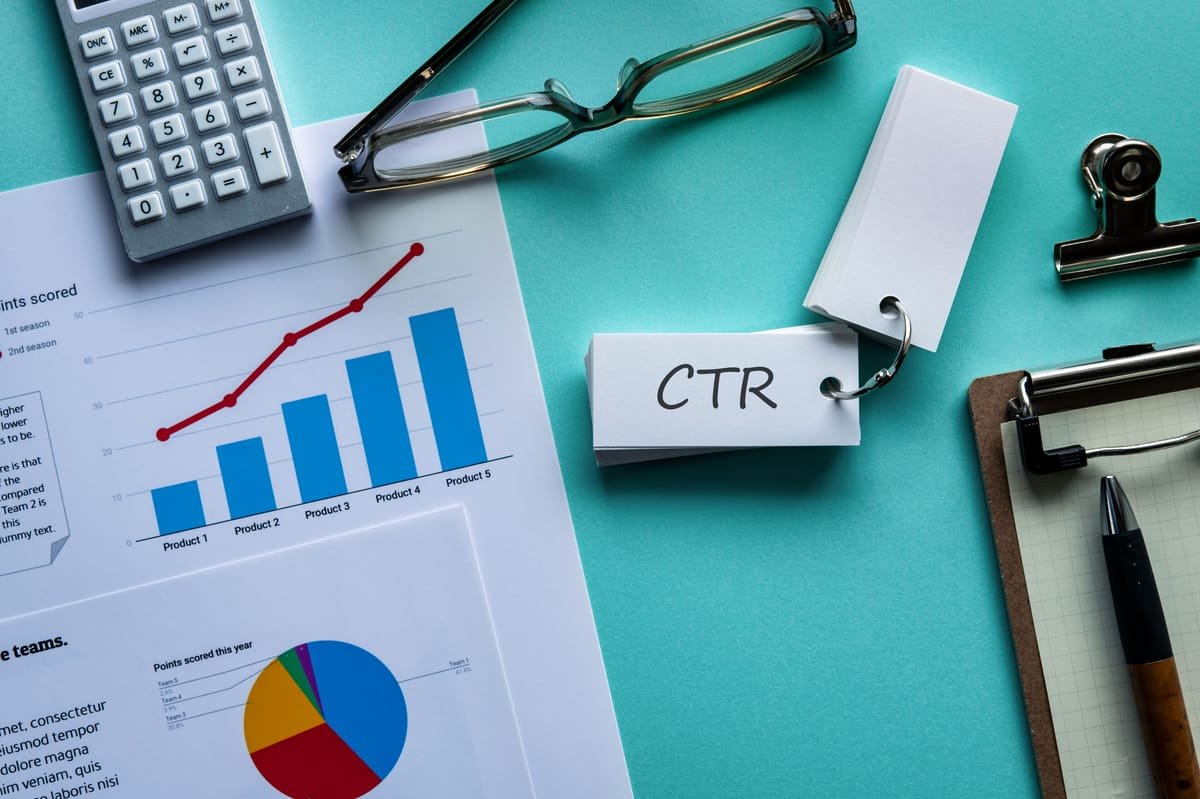
Click-through rate is more than just a number; it’s a reflection of how well your content resonates with your audience. By understanding what CTR is and why it matters, you can derive strategies that will effectively increase click-through rates across your marketing channels.
Defining Click-Through Rate
At its core, click-through rate is the percentage of users who click on a specific link compared to the total number of users who view a page, an email, or an advertisement. It is calculated by dividing the number of clicks by the number of impressions (or views) and multiplying that figure by 100.
For example, if you have an email sent to 1000 recipients and 50 people click on the links inside, your click-through rate would be 5%. Simple as it sounds, this metric has profound implications for understanding engagement levels and the effectiveness of your messaging.
Importance of Click-Through Rate in Digital Marketing
High click-through rates (CTR) demonstrate that your audience finds your content appealing and pertinent, an essential aspect of any effective marketing strategy. Conversely, a low CTR may indicate that your message is not connecting with the audience, that your target demographic is not accurately defined, or that your content does not captivate adequately.
In the realm of digital marketing, each click signifies a potential customer journey, providing an opportunity to transform interest into actionable steps. Therefore, enhancing click-through rates can lead to better return on investment (ROI) for advertising expenditures, improved performance indicators, and greater visibility in search engine outcomes.
Elements Influencing Click-Through Rate
A variety of factors can impact your click-through rate; understanding them is crucial for optimizing your digital marketing initiatives.
- Content Relevance: Does your content cater to the needs and interests of your intended audience? If it does not, your CTR may decline.
- Quality of Headlines and Calls-to-Action: Engaging headlines and effective calls-to-action play a significant role in influencing user engagement.
- Design and User Experience: An attractive design coupled with a smooth user experience can motivate visitors to interact more thoroughly with your content.
By recognizing these factors, marketers can adjust their strategies to mitigate weaknesses and amplify strengths within their CTR approaches.
Analyzing Audience Behavior
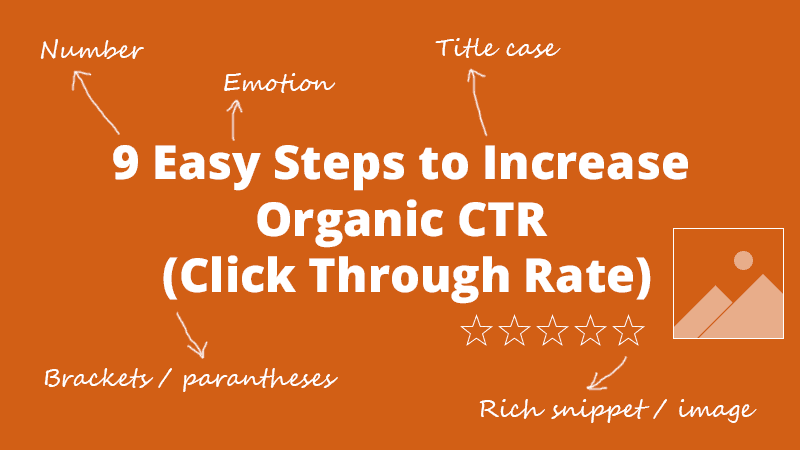
Understanding your audience is crucial to driving clicks. The more you know about their preferences, habits, and demographics, the better you can craft messages that resonate and inspire action.
Identifying Target Audience
Finding the right audience involves detailed market research and analysis. Start by defining your ideal customer profile through demographics like age, gender, location, interests, and buying behaviors.
Moreover, consider creating buyer personas based on your data to represent the different segments of your audience. By identifying your target audience, you can develop tailored marketing strategies that speak directly to their needs and motivations. This personalized approach can dramatically improve your CTR by ensuring that your content reaches those who are most likely to engage with it.
Utilizing Analytics Tools for Insights
Once you’ve identified your target audience, leverage analytics tools to gain deeper insights into their behavior. Platforms like Google Analytics, Facebook Insights, or any other CRM system can provide valuable data about user interactions with your content.
Look for patterns such as:
- The type of content that garners the most clicks
- Times of day when your audience is most active
- Demographic details that correlate with high engagement
This information can inform your future marketing strategies, helping you refine your messaging and focus on what works best for your audience.
Segmenting Audience for Tailored Strategies
Audience segmentation allows marketers to group individuals based on specific criteria, enabling more targeted communication. By segmenting your audience, you can create tailored content that speaks directly to the unique needs and interests of each group.
For instance, you might segment your audience based on purchase history, engagement levels, or geographic location. This way, you can customize your emails, ads, and website content to resonate with each segment, ultimately leading to higher click-through rates. Personalization fosters a sense of connection and relevance, which encourages users to take action.
Crafting Compelling Headlines

A powerful headline acts as a gateway to your content. It’s often the first impression a user has, and it can make or break the decision to click through.
The Art of Headline Writing
Crafting compelling headlines requires skill and creativity. Use strong verbs, avoid jargon, and tap into emotions that resonate with your audience.
Consider incorporating numbers or lists in your headlines, as these tend to attract attention. For example, “7 Secrets to Boost Your Productivity” gives users a clear expectation of what they’ll learn while also suggesting easily digestible content.
Testing Different Headlines
A/B testing is an effective way to determine which headlines yield the best results. Create multiple versions of a headline for the same piece of content and analyze the click-through rates for each.
This process can reveal word choices, phrasing, and structures that resonate most with your audience. By continually testing and refining your headlines, you can consistently boost your CTR over time.
Employing Power Words
Power words evoke strong emotional responses and can significantly increase engagement. Words like “Exclusive,” “Essential,” “Instant,” and “Proven” create urgency and curiosity, compelling readers to click.
Integrating these power words into your headlines can elevate their effectiveness, resulting in a noticeable improvement in click-through rates. Always remember to align these words with the expectations set by your content to maintain credibility.
Effective Use of Call-to-Actions
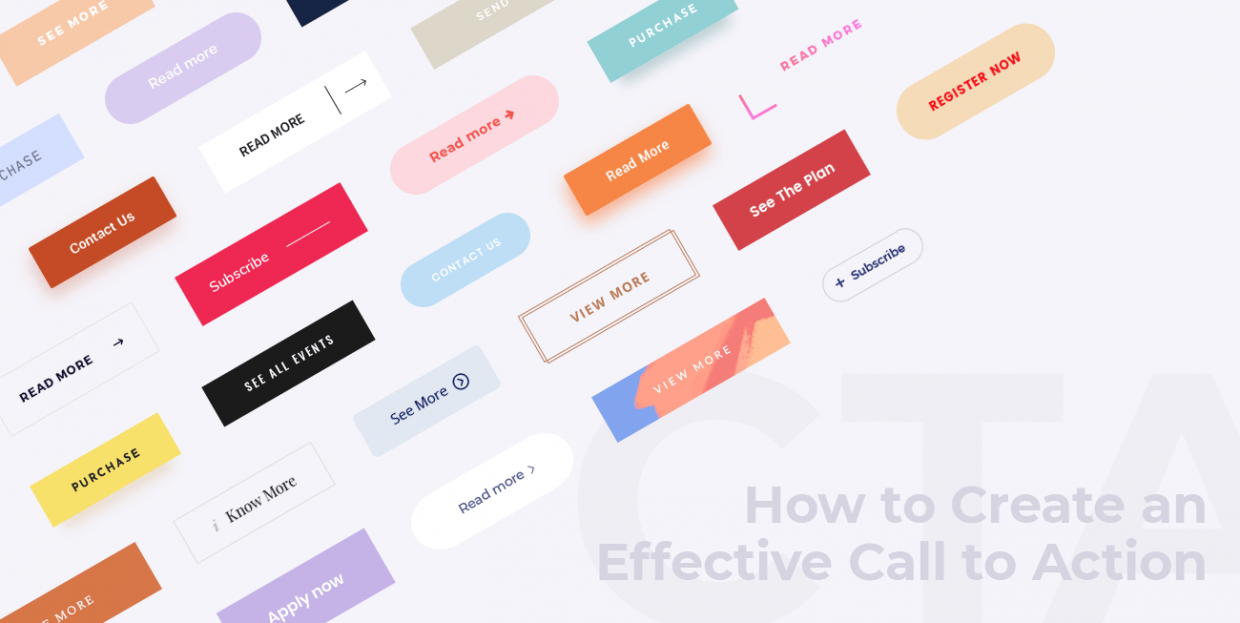
A call-to-action (CTA) is essential for guiding users toward the desired action. Whether it’s downloading a resource, signing up for a newsletter, or making a purchase, a well-crafted CTA can lead to increased click-through rates.
Making CTAs Stand Out
Your CTAs should be visually distinct and easy to find on your webpage or email. Use contrasting colors, bold text, and whitespace to ensure they catch the eye.
Moreover, be clear about what the user can expect upon clicking the CTA. Instead of generic phrases like “Click Here,” use action-oriented language that communicates the value, such as “Get Your Free E-book” or “Start Your Free Trial.”
Testing Different CTAs
Similar to headline testing, try A/B testing different CTAs to see which performs better. Experiment with varying placements, wording, colors, and sizes to identify what drives the highest engagement.
For example, you might find that a large, bright button in the middle of your webpage outperforms a small link at the bottom. Understanding these nuances can help you fine-tune your approach and maximize click-through rates.
Creating Urgency
Urgency can be a persuasive tactic in your CTAs. Phrases like “Limited Time Offer” or “Act Now” can prompt users to take immediate action rather than putting it off until later.
While applying urgency, ensure that your claims are genuine and not misleading to maintain user trust. Authentic urgency can effectively motivate users to engage quickly and decisively.
Optimizing Content for SEO
Search Engine Optimization (SEO) plays a critical role in driving traffic to your content, which directly influences your click-through rates. By optimizing your content for search engines, you increase the likelihood of attracting organic traffic.
Keyword Research
Identifying the right keywords is foundational to SEO. Use tools like Google Keyword Planner or Ahrefs to uncover relevant keywords that your target audience is searching for.
Incorporate these keywords naturally throughout your content, including in titles, headings, and body text. This not only improves your chances of ranking higher in search results but also ensures that your content aligns with user intent, enhancing the likelihood of clicks.
On-Page Optimization
Ensure your website is optimized for both user experience and search engines. This includes appropriate formatting (using headers, bullet points, etc.), fast loading speeds, mobile-friendliness, and engaging visuals.
Additionally, use meta titles and descriptions strategically. These snippets appear in search results and can significantly influence click-through rates. Write compelling meta descriptions that clearly communicate the value of your content while enticing searchers to click.
Leveraging Internal Linking
Internal linking connects your content and guides users to additional resources on your site. This creates a web of related information, encouraging users to explore further.
By strategically placing internal links within your content, you can direct users to related blog posts, products, or services. This increased navigation can result in higher engagement and longer session durations, positively impacting your overall click-through rates.
Visual Elements and Their Impact
Visual elements play a pivotal role in capturing attention and encouraging users to engage with your content. From images to videos, the right visuals can enhance the appeal of your marketing materials.
Using High-Quality Images
Invest in high-quality images that align with your branding and message. Eye-catching visuals can draw users in, making them more likely to read your content.
Consider using custom graphics, infographics, or stock photos that evoke emotion or convey important information succinctly. Remember that visuals should complement your content rather than distract from it, ensuring a cohesive user experience.
Incorporating Video Content
Video content continues to rise in popularity and can dramatically increase engagement. According to studies, video content tends to have higher click-through rates than static images or text alone.
Utilize videos to explain complex concepts, share testimonials, or promote products. Make sure to include clear CTAs within your videos to guide viewers towards the next steps, whether it’s visiting a link or making a purchase.
Infographics for Better Understanding
Infographics are another effective way to convey complex information in an easily digestible format. By combining visuals with concise text, infographics can simplify intricate topics, making them more accessible to your audience.
When shared on social media or embedded in blog posts, infographics can drive significant traffic, thereby improving your click-through rates. Ensure that your infographics are branded and include links back to your site for maximum benefit.
Leveraging Social Media Platforms

Social media platforms serve as powerful tools for increasing click-through rates. With billions of users worldwide, crafting a strategic social media presence can open new avenues for engagement.
Choosing the Right Platforms
Not every platform suits every business. Analyze where your target audience spends their time and tailor your social media strategy accordingly.
For instance, B2B companies might find more success on LinkedIn, while B2C brands might thrive on Instagram or TikTok. By focusing on the right channels, you can maximize your reach and engagement, ultimately boosting click-through rates.
Creating Shareable Content
Content that resonates leads to sharing. Create emotionally impactful or highly informative content that encourages users to share it with their networks.
Whether through useful tips, relatable anecdotes, or entertaining videos, fostering shareable content can extend your reach beyond your immediate audience. Each share generates potential click-through opportunities as new users discover your brand through trusted recommendations.
Engaging with Your Audience
Engagement is a two-way street. Respond to comments, ask questions, and participate in conversations on your social media pages.
The more engaged your audience feels, the more likely they are to click on your links. Building relationships through authentic interactions fosters loyalty and encourages users to support your brand actively.
Email Marketing Tactics
Email marketing remains one of the most effective ways to drive clicks and conversions. With a carefully crafted strategy, you can increase click-through rates among your subscribers.
Crafting Engaging Subject Lines
The subject line is the first thing a recipient sees, and it plays a crucial role in determining whether your email gets opened. Aim for subject lines that are clear, compelling, and spark curiosity.
Experiment with personalization, humor, or urgency to capture attention. A well-written subject line can make all the difference in increasing your CTR, so always test different variations to find what resonates with your audience.
Personalization Techniques for Higher Open Rates
Personalization goes beyond addressing the recipient by name. Utilize data to tailor your messaging based on past interactions, preferences, and behaviors.
For example, if a customer previously showed interest in a specific product, send them related offers or content. Personalized emails often lead to higher open and click-through rates, as they feel more relevant to the recipient.
Timing and Frequency: Finding the Sweet Spot
Timing can significantly impact your email campaign’s effectiveness. Test sending emails at different times and days to find when your audience is most responsive.
Additionally, consider the frequency of your emails. Too many emails can lead to subscriber fatigue, while too few may cause your audience to forget about you. Striking the right balance ensures that your messaging stays top-of-mind without overwhelming your audience.
Improving Website User Experience

A seamless user experience on your website is fundamental to maximizing click-through rates. If users encounter obstacles in navigating your site, they’re likely to abandon it before clicking anything.
Simplifying Navigation
Ensure that your website has a clean and intuitive navigation structure. Users should be able to find what they’re looking for effortlessly, whether it’s products, blog content, or contact information.
Implement clear categories, dropdown menus, and a search bar to facilitate easier navigation. A well-organized site keeps users engaged and encourages them to click through multiple pages.
Mobile Optimization
With more users accessing content through mobile devices, ensuring your website is mobile-friendly is crucial. Responsive design adapts to different screen sizes, providing a consistent user experience across devices.
Test your site on various devices to ensure that all elements function properly. A smooth mobile experience enhances user satisfaction and increases the chances of clicks, especially for time-sensitive promotions.
Monitoring Site Speed and Performance
Slow-loading websites frustrate users and contribute to high bounce rates. Regularly monitor your site’s speed and performance through tools like Google PageSpeed Insights.
Optimize images, streamline code, and reduce unnecessary plugins to enhance loading times. A fast and reliable website keeps users engaged and encourages them to explore more content, ultimately driving up your click-through rates.
Monitoring and Adjusting Strategies
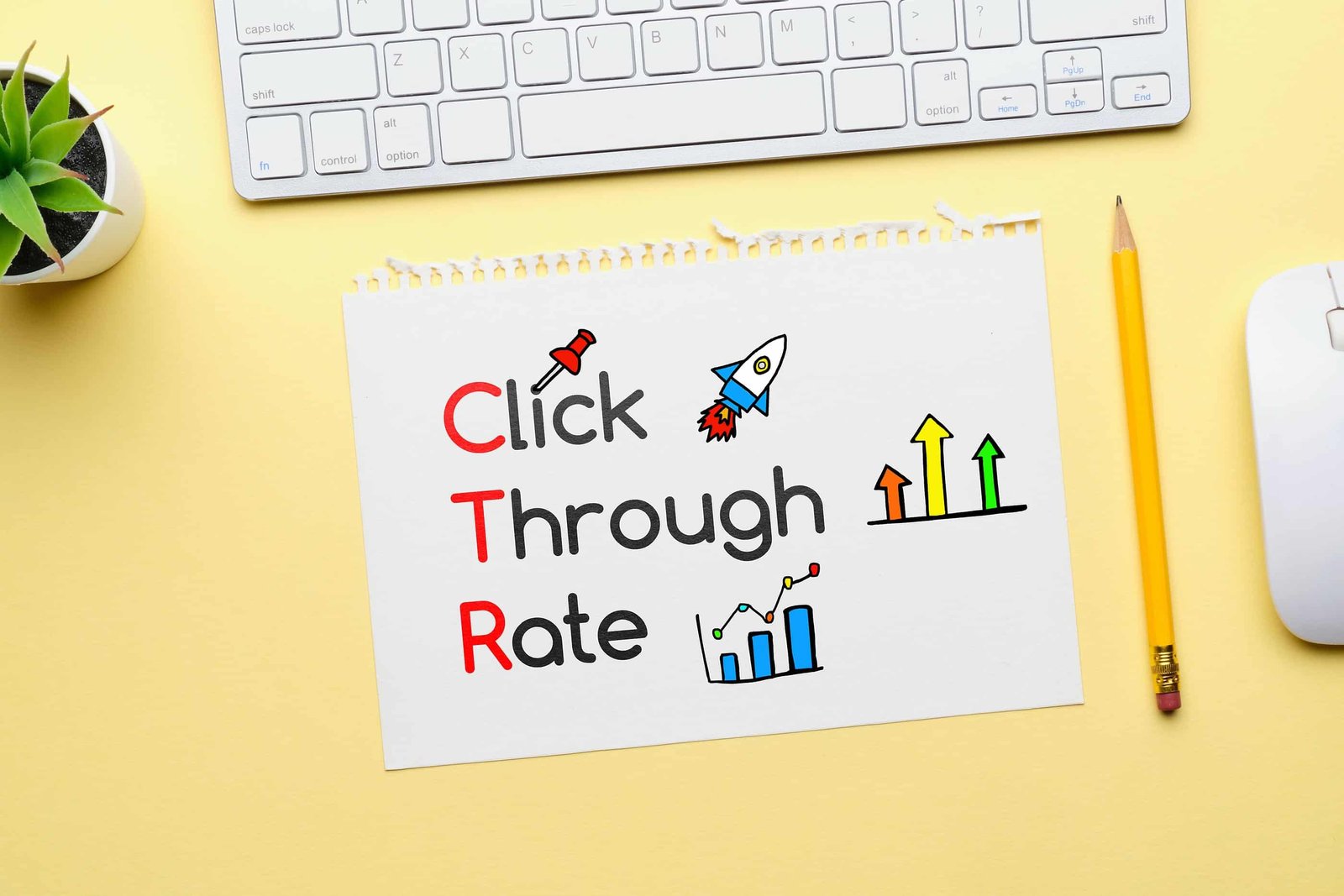
The digital marketing landscape is continuously evolving, which means it’s essential to monitor the performance of your strategies regularly.
Tracking Metrics
Use analytics tools to track your click-through rates and other key performance indicators (KPIs). Look for trends and patterns that can inform your decision-making and allow you to adjust your strategies accordingly.
Identify which campaigns deliver the highest engagement and analyze the elements contributing to their success. Conversely, examine underperforming campaigns to pinpoint areas needing improvement.
Adjusting Based on Feedback
Your audience’s opinions are incredibly important! Encourage your users to voice their thoughts through surveys, comments, or social media engagement.
Pay attention to their feedback and be open to making adjustments that will enhance your strategy. Being adaptable based on real-time insights can lead to more impactful campaigns and ultimately boost your click-through rates.
Embrace Ongoing Learning and Flexibility
Keep yourself updated on industry trends, new technologies, and shifts in consumer behavior. Participate in webinars, subscribe to relevant magazines, and engage with online communities to keep your skills fresh.
Having a mindset focused on continuous learning allows you to stay flexible and responsive to changes in the digital marketing world, helping you refine your strategies effectively over time.
If you’re eager to enhance your strategies and achieve lasting success, having the right tools can make all the difference. GoHighLevel is an all-in-one platform that makes it easy to manage, tweak, and improve your marketing efforts. It comes loaded with features designed to boost everything from generating leads to engaging customers, enabling marketers to thrive in the ever-evolving digital world. If you’re interested in optimizing and elevating your tactics, don’t miss our detailed article on GoHighLevel to find out how this software can elevate your marketing game.
Conclusion
Increasing click-through rates in digital marketing requires a multifaceted approach that encompasses understanding your audience, crafting compelling content, and employing robust analytics. By implementing proven strategies such as optimizing headlines, utilizing effective calls-to-action, leveraging social media, and personalizing your email campaigns, you can significantly enhance engagement.
Continuous monitoring and adaptation to your strategies will ensure that you remain relevant in an ever-changing digital landscape. Remember, the ultimate goal is not merely to obtain clicks but to cultivate lasting relationships with your audience, turning those clicks into meaningful conversions. By focusing on delivering value and tailoring your approach, you’ll not only increase click-through rates but also build a loyal community around your brand.




